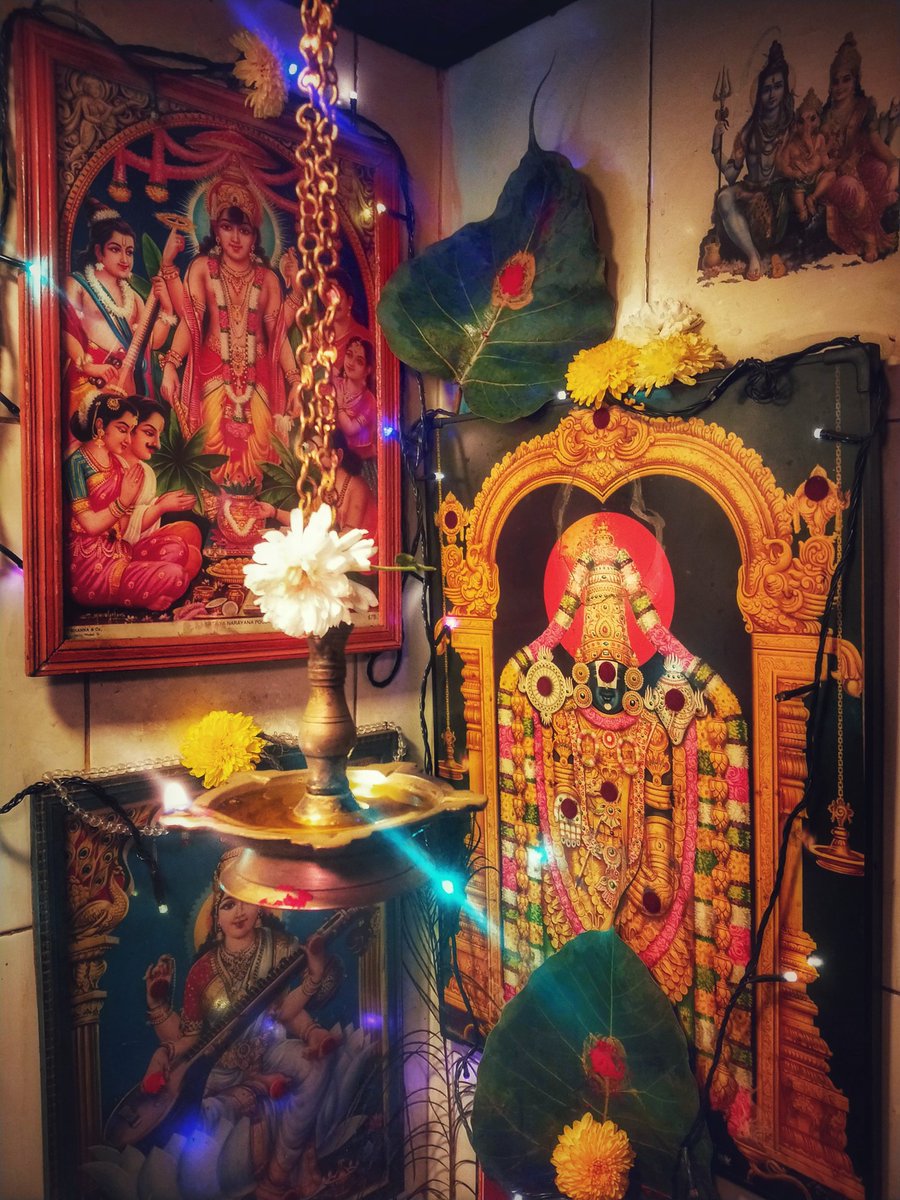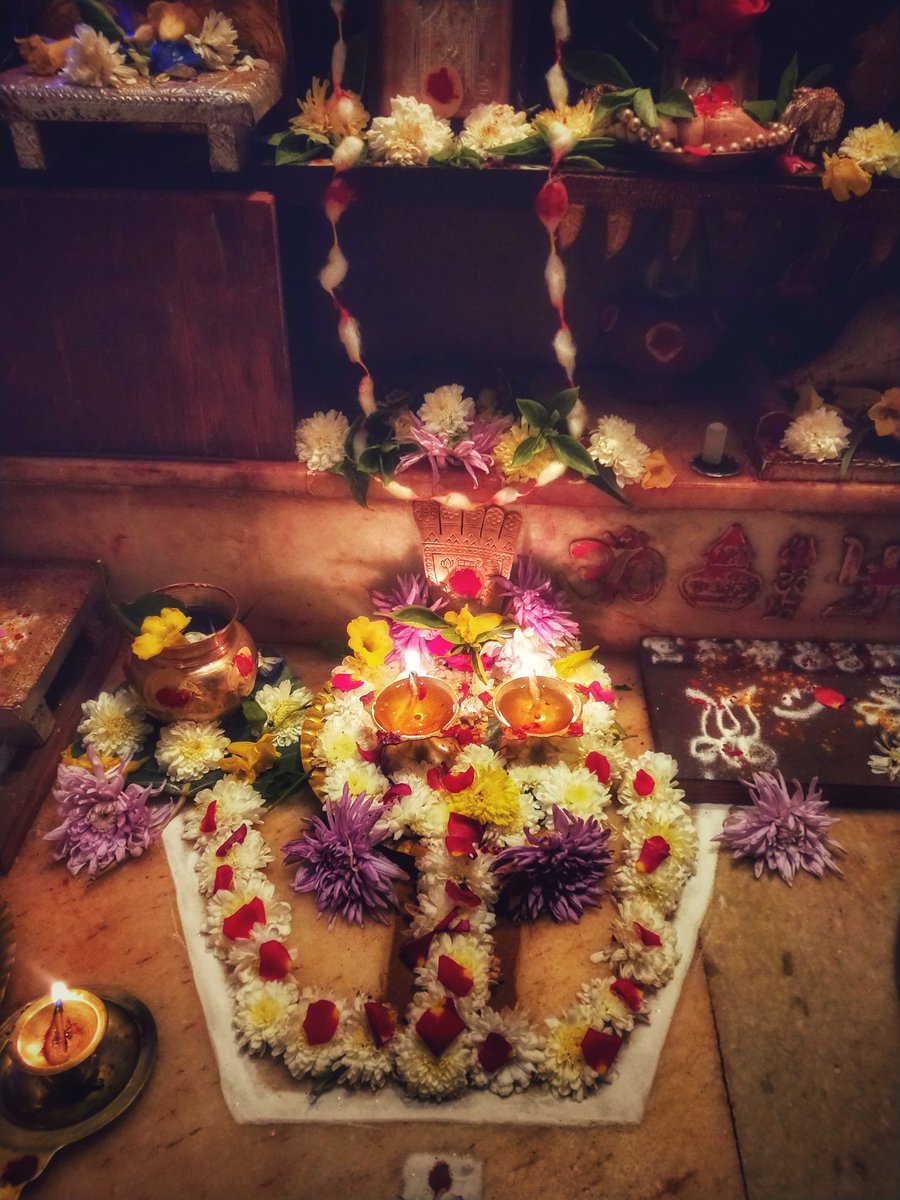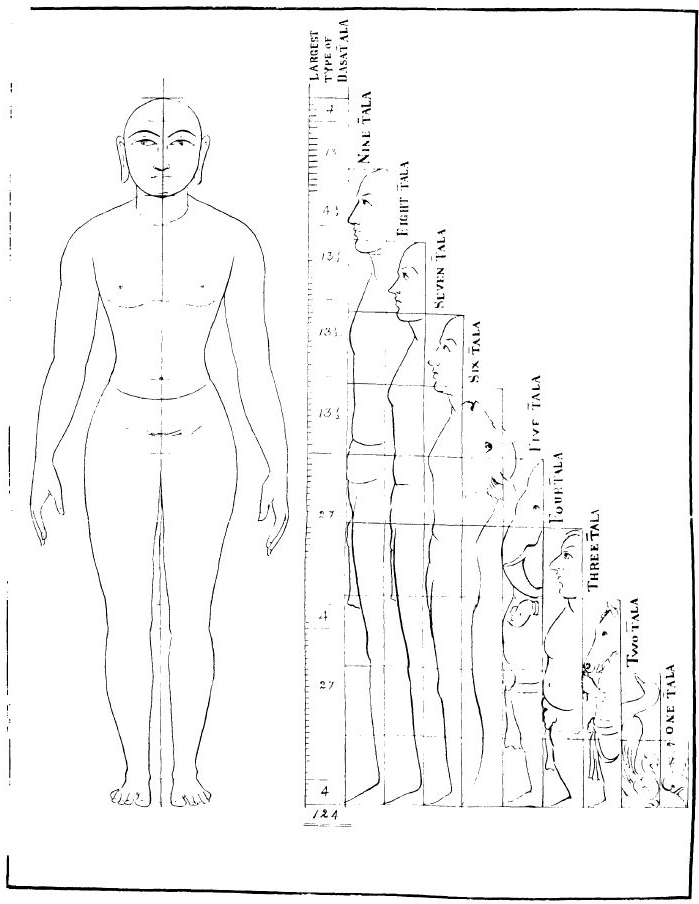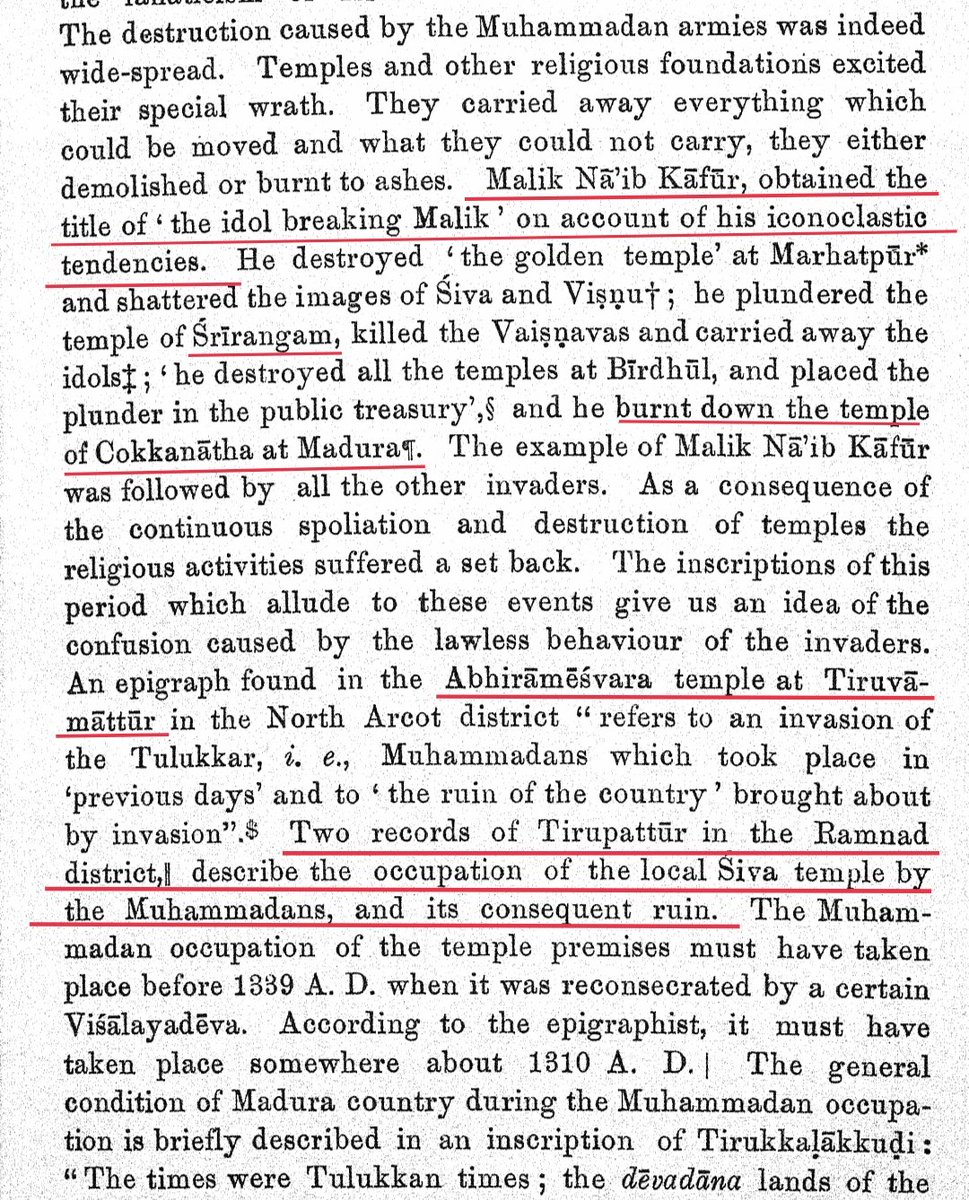
A THREAD detailing the daily routine of Hindu emperors of the past during peace time. Once we are done through with the thread, one will realize what a contrast the present day secular state is to the Hindu Samrajyas of the past. As to how far we've moved away from tradition (1)
As an example we'll have a look at the life of Vijayanagara samrat Vira Narasimharaya. He was the elder brother of the great Shri Krishnadevaraya. Each aspect of Narasimharaya's life has been chronicled in detail in the Raayavacakam (2)
The day of Narasimharaya started with him waking up during the auspicious Brahma muhurta time (between 4:30 am to 6 am). First thing in the morning he'd listen to reading of books both on Dharma & statecraft. He'd then proceed to look at his own reflection in the mirror (3)
He'd then proceed to the gau-shala & touch a cow to seek her blessings. This is followed by performing of daily ablutions. He'd then put the the urdhva pundra (tilak) on his forehead. Before proceeding to the audience hall, he'd have a darshan of learned Brahmanas. (4)
While seated on the throne in the audience hall, the very first thing Narasimharaya would receive is the tirtha and the prasada of 108 Vishnu temples (divya desams), the sacred vibhuti, sandal paste and prasada of the 72 Shiva temples of the empire. (5)
Narasimharaya would receive the tirtha & prasada with great respect. He'd then request the Iyengars(Vaishnavas) & Aradhyas(Shaivas) to take their respective positions in the court. (6)
Narasimharaya would then go on to inquire from the Vaishnavas the state of functioning of 8 of the most important Vaishnava temples at Srirangam, Srimushnam, Venkatachalam (Tirumala), Saligramam, Thothadri, Naimisaranyam, Pushkarakshetram & Badarikashramam. (7)
The inquiry would include knowing from the Vaishnavas if the officials (mudrakarta) of all the Temples are conducting the worship of the deity without any deficiency; and the daily festivals are being celebrated properly in all the 108 Divya Desams (8)
Similarly Narasimharaya would inquire from the Shaivas the state of functioning of all 72 Shiva Temples, including the most auspicious Panchabhoota temples i.e. Ekamranatha(Kanchi), Jambunatha(Thiruvanaikaval), Arunachaleswara(Tiruvannamalai), Kalahastisvara & Chidambaresvara (9)
Narasimharaya would also inquire about the state of functioning of the 18 Shaktipeetas from the Aradhyas. To know if they received their proper allowances; and
that the daily festivals were being celebrated regularly. (10)
that the daily festivals were being celebrated regularly. (10)
Narasimharaya would then present the Vaishnavas & Shaivas with Tambula following which they'd take leave of the audience. Next the king would summon Dharmasanam Dharmayya, a minister to inquire on the state of the Agraharas(dwellings) in each of the major regions.. (11)
In Andhra, Hoysala, Morasunad, Melnad, Karnataka, Ghattasimha, Chera, Chola, Magadha, Pandya & Malaya. The inquiry would mainly be regarding Brahmanas & their well being. That if they are performing their daily rites; learning the 4 Vedas, 6 Shastras etc (12)
Samrat Narasimharaya would then summon the Dandanayakas (Army commanders) to inquire from them the state of security of the all the durgas (forts). The Dandanayaka would present a report on security arrangements on all the different types of forts (13)
Different forts : giri-durgas, sthala-durgas, jala-durgas and vana-durgas. Satisfied with the state of security at the forts, the Dandanayaka would then call for the chief Talaari (Watchman) of the capital city (Vijayanagara). The Talaari would present his report (14)
The talaari during the reign of Narasimharaya was a person by the name Jangamayya. He'd then report to the Dandanayaka the general state of affairs of the citizens of Vijayanagara city. (15)
The Talaari's report would go like this :
"The talaaris are always actively vigilant in watching
Vidyanagara and its outer suburbs day and night. Therefore,
the people of the eighteen castes (who inhabit the city) are
enjoying happiness and great prosperity" (16)
"The talaaris are always actively vigilant in watching
Vidyanagara and its outer suburbs day and night. Therefore,
the people of the eighteen castes (who inhabit the city) are
enjoying happiness and great prosperity" (16)
The Dandanayaka would in turn report this information to Narasimharaya. Next in line to report to the king are the 9 Sampratis(accountants) who present to the king an account of the 18 ports of the empire. (17)
The account would usually involve reading of letters & other dispatches that came to Vijayanagara from different places.
When that was over, he'd summoned his ministers & Dalapati (Commander in the military) and took counsel with them privately for sometime. (18)
When that was over, he'd summoned his ministers & Dalapati (Commander in the military) and took counsel with them privately for sometime. (18)
The king would follow this up with a Durbar where a variety of folks would be invited to participate. They are :
72 niyogas, palaiyagars (military governers), amaranayakas (nobles), purohits, acharyas, jiyangars, jyothishyas, Vaidyanathas(physicians), cavaliers, mahuts (19)
72 niyogas, palaiyagars (military governers), amaranayakas (nobles), purohits, acharyas, jiyangars, jyothishyas, Vaidyanathas(physicians), cavaliers, mahuts (19)
Police officers, tributary chiefs, Vaitalikas (bards), Vaijjaniks(scientists), Vainikas( Veena players), Gayakas(singers), playwrights, well wishers & a lot more. The king would give all of them an audience. (20)
For anyone who is interest to know more about the lives of Vijayanagara emperors in detail, the book is called Further sources of Vijayanagara history by Nilakanta Sastri.
/end
/end
• • •
Missing some Tweet in this thread? You can try to
force a refresh











